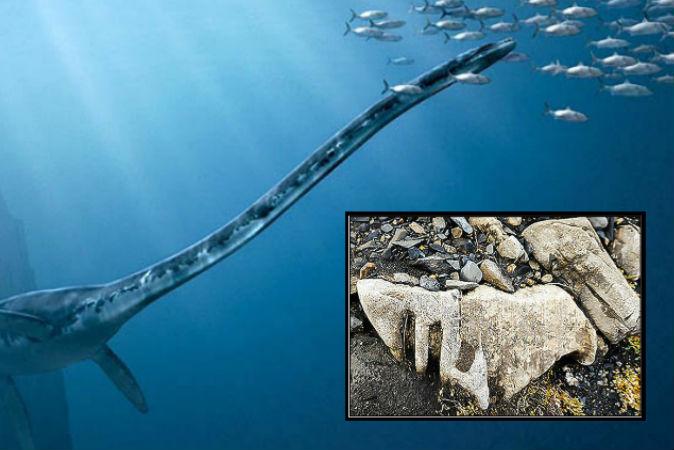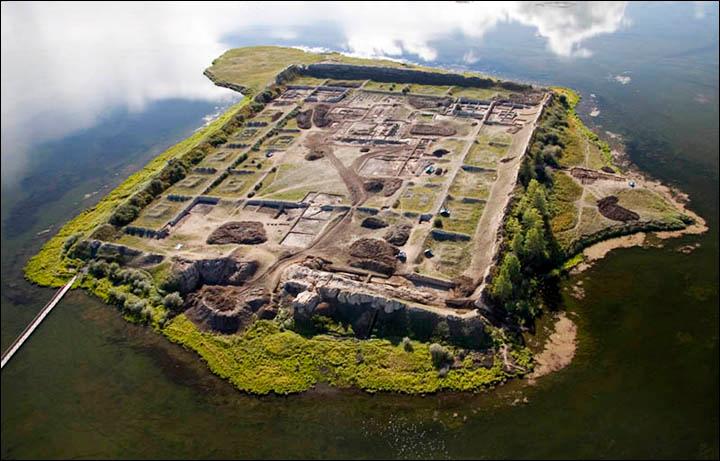From The Siberian Times: When Andrey Tyuryakov scanned the ground for signs of mushrooms, little did he know he might stumble across something far more important than his beloved fungus. Indeed, the scientist may well have accidentally unearthed one of Russia’s most important dinosaur finds.
For under his feet as he walked along the shore of Wrangel Island, in the Siberian Sea, was an unusually shaped object that, at first, looked like a large stone. But this was no ordinary boulder; it instead has turned out to be a 200-million-year-old bone belonging to one of the largest dinosaurs that ever existed.
“I almost stepped on it,” said Tyuryakov, who works for the Arctic and Antarctic Research Institute in St. Petersburg. “It was just in front of my eyes, a totally unusual shape.” A mushroom lover, Tyuryakov’s eyes are always on the ground as he’s walking, and that’s what helped him make this historic find.




